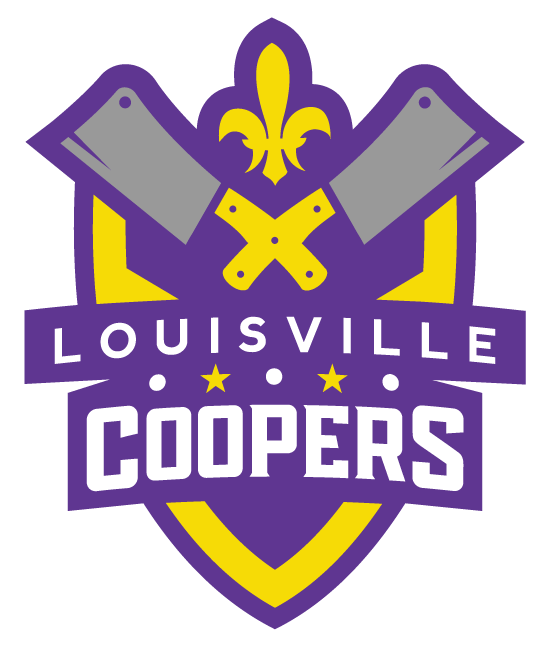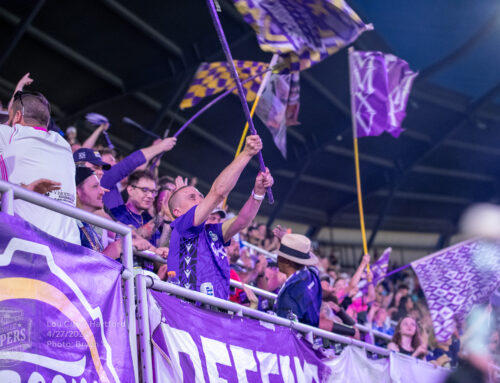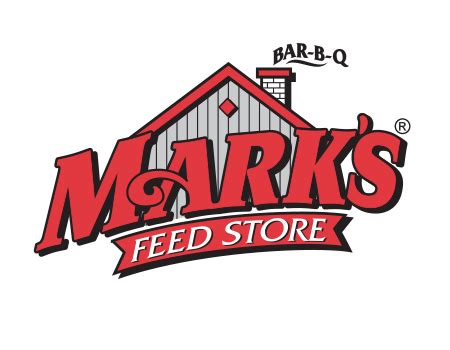It was a pretty dry day for LouCity and USL news yesterday. More USL clubs are finding friends overseas to help them ridicule their rivals, which is fun, but otherwise? Nothing.
No news on any of the trialists that were with the club in Florida. No news about the Louisville [TBA] NWSL team or GM or coach or if James O’Connor will be filling one of those roles. I don’t think he is, but maybe.
Given the giant nothing burger that is the previous two paragraphs, I wanted to take a minute to talk about style of play. I was inspired by this piece in the Athletic about El Paso’s Mark Lowry and his approach to coaching and approach to style. Lowry, you may recall, was on several people’s lists of coaches LouCity was looking at when James O’Connor left back in 2018. In the article, he notes how his impression of how soccer should be played took a dramatic shift when he first saw Pep Guardiola’s Barcelona teams play in the late 2000s. That’s not unusual, of course, but to his credit he’s tried to introduce that same flowing ground game to America with some pretty decent results in his first season with Locomotive.
That got me thinking about how to describe Louisville City’s playing style. Luckily for us, Louisville City has always been synonymous with progressive, attacking soccer since its inception. However, it’s obviously had a few changes season over season.
Under O’Connor, the style of play was pretty clear and consistent: In possession, City liked to try to build out of the back and often up the wings, playing both fullbacks high up the field to either send balls across to a striker or deeper to a playmaker who would set up either the striker or a winger that had pinched in to make space for the charging fullback. The look changed a little when O’Connor went to three at the back in 2017 but the ideas were largely the same, just with an extra defender in the back.
Defensively, City typically used a high press as much as it could but tried to get compact and shorten distances between the lines as quickly as possible. That often resulted in giving up space on the wings, but kept action out of the middle of the field which is typically more dangerous. City’s fitness, press and possession generally served to simply wear out the opposition and that’s what saw out results during O’Connor’s tenure.
When John Hackworth came on the scene, things changed a little. It was rare to see both fullbacks playing as high up the field. There was more space in the center of midfield in possession so attacks could build out of more than one area more often. Moving defenses around with passing sequences became more commonplace. Those kinds of moves require precision and patience. Mistakes could lead to counterattacks, so it was important to have a true defensive midfielder playing deeper to help clean up any misses.
City became a little more pragmatic. It was plain to see that styles and approaches varied more depending on the opponent rather than forcing their gameplan on the opposition every week. It was honestly refreshing, though, to see how adaptable Hack’s teams could be, making important changes either at the half or elsewhere during matches to address opportunities or weaknesses he saw in the opponent.
City still plays possession soccer. It’s just a little more varied, which I’d argue is a good thing. Defensively, it feels like players are tasked with a little more responsibility in isolation. That’s going to come in handy at Lynn Family Stadium, I’m guessing. A big field like that is going to benefit teams that try to use as much space as possible in possession, but that can also competently defend in 1v1 situations when they lose the ball.
We’ve been pretty fortunate here in Louisville to have two coaches that preach playing pretty soccer. Even more fortunately, those styles of play have produced a lot of wins, plus some silverware along the way. I’m excited to see what it looks like on the big field in person next. VAMOS MORADOS!













